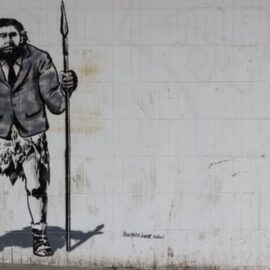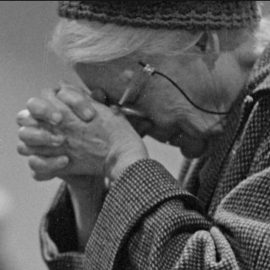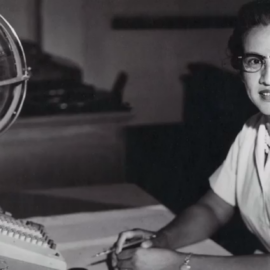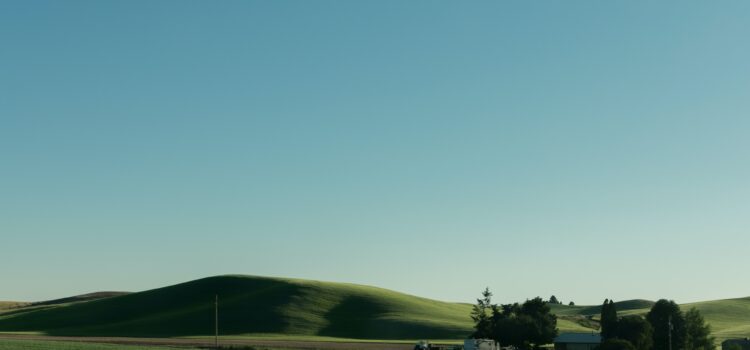
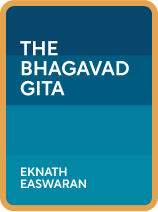
This article is an excerpt from the Shortform book guide to "The Bhagavad Gita" by Eknath Easwaran. Shortform has the world's best summaries and analyses of books you should be reading.
Like this article? Sign up for a free trial here .
What was the battle of Kurukshetra? Why is this battle so important in The Bhagavad Gita?
The battle of Kurukshetra is one of the central conflicts in The Bhagavad Gita and has an important history. It’s important to understand why this battle is so important to main character Arjuna and why he seeks guidance.
Read more about the battle of Kurukshetra in The Bhagavad Gita.
The History Behind the Battle of Kurukshetra
There’s a great deal of history drawing these two armies to Kurukshetra.
A man named Pandu, of the Kuru dynasty, was the king of Hastinapura. While he ruled he shared power with his brother Dhritarashtra. However, Pandu died young, and Dhritarashtra was born blind, so he couldn’t be named king under the laws of Hastinapura.
Therefore, Pandu’s son Yudhishthira should have been the next king, but he was too young to take the throne. Dhritarashtra continued to rule in Yudhishthira’s stead until he became old enough to take the throne himself. However, when Yudhishthira came of age, Dhritarashtra began plotting for his own son Duryodhana to succeed him instead. That scheming led to the current conflict between the Pandavas, the supporters of Yudhishthira who call themselves the sons of Pandu; and the Kauravas, the supporters of Duryodhana and so-called sons of Kuru—though, in reality, both sides are part of the Kuru dynasty.
Before the battle begins, prince Duryodhana of the Kauravas studies the opposing army. He reports that there are many great heroes among the Pandavas, but that their own army has equally great men and is much larger. He ends with a call for his soldiers to stand firm and support Bhishma, the eldest of the Kurus and the leader of their army. Bhishma responds to this by blowing a conch horn—a call to arms, which is taken up by the rest of his army. The Pandava army responds with horns and drums of their own.
Sanjaya and Dhritarashtra
The Bhagavad Gita is framed as a story-within-a-story. Sanjaya, an advisor to king Dhritarashtra, is having a vision of the conversation between Arjuna and Krishna and telling the king what he sees. This is possible because Sanjaya has been blessed with the gift of divine sight, so he’s able to see everything that happens at Kurukshetra as if he were there in person.
Dhritarashtra refers to Kurukshetra as the “field of dharma.” Dharma, which can be loosely translated as both duty and law, refers both to the cosmic rules of the universe and to people’s individual destinies. Calling Kurukshetra the field of dharma implies that what’s about to happen isn’t only a physical battle, but a spiritual struggle over what is right and just. This helps explain the framing and purpose for the battle of Kurukshetra in The Bhagavad Gita.

———End of Preview———
Like what you just read? Read the rest of the world's best book summary and analysis of Eknath Easwaran's "The Bhagavad Gita" at Shortform .
Here's what you'll find in our full The Bhagavad Gita summary :
- The key principles of the Hindu faith
- Why all spirituality is good and there is no single path to God
- The 3 reasons that can explain every action people take



